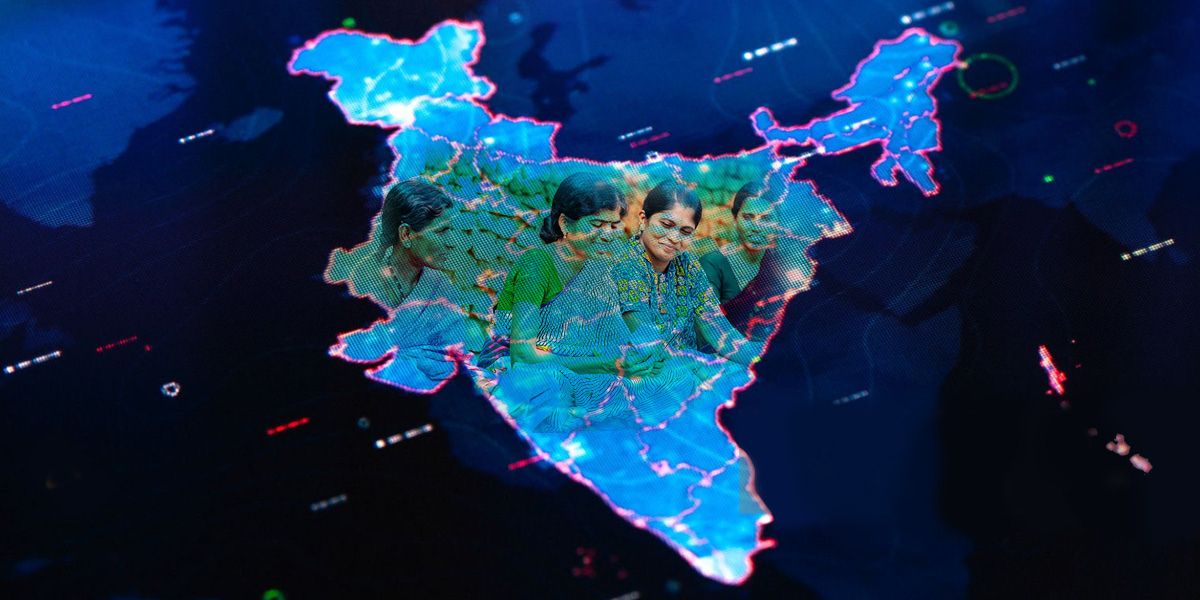Targeted Assistance and Financial Inclusion Boost with the help of India’s Digitisation Efforts Says IMF Chief Economist.
India has long been working on increasing financial inclusion in the country. In fact, the country has been working towards a cashless society for a few years now. This is thanks to the recent digitization efforts that have helped to boost financial inclusion in the country.
India’s Digitisation Efforts Helped Targeted Assistance
India’s Digitisation Efforts Helped Targeted Assistance to the poor In India, the government has been working hard to digitize its services in order to provide better assistance to the poor. This has included the launch of a number of initiatives such as the Pradhan Mantri Jan Dhan Yojana (PMJDY), the Pradhan Mantri Fasal Bima Yojana (PMFBY), and the Pradhan Mantri Awas Yojana (PMAY). The objective of these initiatives is to provide access to financial services, crop insurance, and housing to the poor.
The Pradhan Mantri Jan Dhan Yojana was launched in August 2014 with the objective of providing access to financial services to all citizens of India.
What is financial inclusion?
Financial inclusion is the delivery of financial services at affordable costs to low-income and other disadvantaged groups of people. It is the process of ensuring that all individuals and businesses have access to the range of financial products and services they need to manage their finances and invest in their future.

Financial inclusion is a key element of inclusive economic growth. It can play a pivotal role in reducing poverty and promoting social and economic development. By expanding access to financial products and services, financial inclusion can help people to save for the future, start and grow businesses, and gain access to essential goods and services.
Also Read: Why India must leverage digital technology to enter top 10 global innovation indices
Why is financial inclusion important?
Financial inclusion is important because it allows people to save money, borrow money, and build wealth. When people have access to financial services, they can improve their lives and their communities.
- Financial inclusion is important because it allows people to save money. When people save money,
- It allows people to borrow money. When people borrow money, they can use it to start businesses or buy a home.
- It allows people to build wealth. When people build wealth, they can use it to pay for things like healthcare and education.
- It allows people to improve their lives. When people have access to financial services, they can use them to pay for things like healthcare and education.
Some of the main reasons for the country’s focus on financial inclusion include the following:
- Reduce poverty
- Improve access to credit
- Improve access to insurance
- Enhance access to banking services
- Reduce corruption
Overall, the country

How has India’s digitisation helped to boost financial inclusion?
Since the early 2000s, India has been working to digitize its economy. This has helped to boost financial inclusion by making it easier for people to access banking and other financial services.
One of the main reasons for this is that digitization makes it easier for people to access information. This is especially true for people in rural areas, who may not have access to traditional banking services.
Another reason for the success of digital financial inclusion in India is the growth of mobile phone Usage. In recent years, there has been a surprising increase in the number of people in India who have access to mobile phones. This has helped to create a “digital infrastructure” that can be used to deliver financial services.
Also Read: Digital Rupee Pilot to be launched by RBI for Retail Use on December 1
Finally, the Indian government has been working to promote financial inclusion by introducing a number of initiatives, such as the Pradhan Mantri Jan Dhan Yojana. This program provides access to banking and other financial services to people who may not have access to them otherwise.
What challenges still remain in terms of financial inclusion in India?
There are a few key challenges that still remain in terms of financial inclusion in India. One of the biggest challenges is the lack of access to financial services for women and rural populations. Only about half of the women in India have access to financial services.
Another challenge is the lack of financial education and awareness. Many people in India do not understand financial products and services and are not comfortable using them. There is a need for more financial education and awareness campaigns to help people understand the benefits of using financial services.
Conclusion
India’s digitisation efforts have helped to boost financial inclusion, but there are still challenges that need to be addressed.
The Indian government has been making a concerted effort to digitize the country, with the goal of bringing more people into the formal financial system. This has helped to boost financial inclusion, as more people now have access to banking and other financial services.
However, there are still some challenges that need to be addressed. For example, the use of digital payments is still not very widespread in India, and there is a need to develop more innovative financial products and services that meet the needs of the population. Additionally, the government needs to invest in the infrastructure needed to support a digital economy, such as robust digital infrastructure and a well-educated workforce.
Also Read: Here’s why India can replace China as the world’s factory easily
